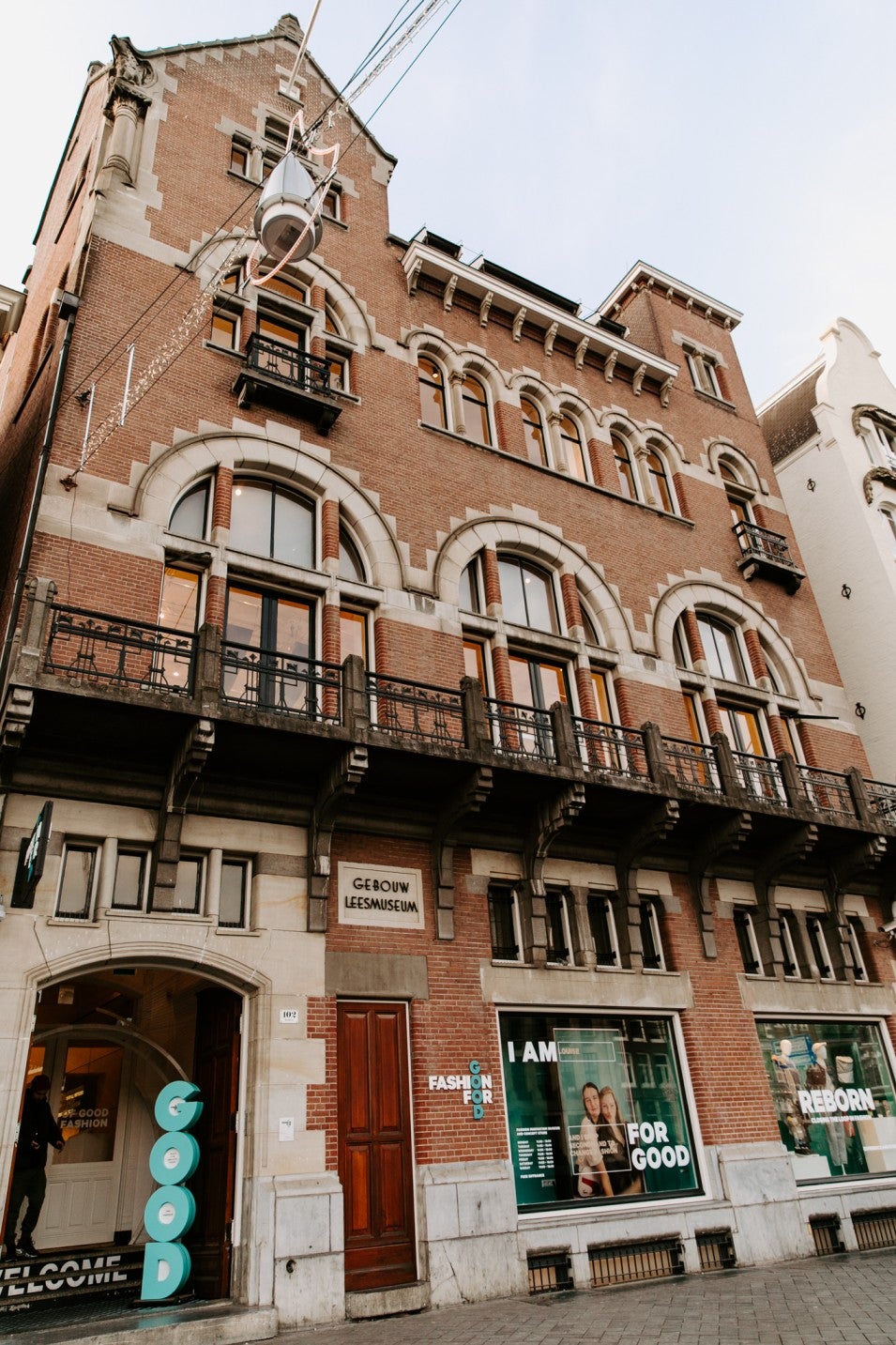
Fashion For Good explained this initiative involves a significant commitment to bolstering the Innovation Platform and deepening efforts in brand uptake, supplier integration, financing and impact measurement.
The organisation will be focus on building the following five pillars:
- Innovators: Establishing a dedicated Scaling Team to provide bespoke support for winning innovations focused on brand uptake, supplier integration, financing and impact measurement.
- Suppliers: Launching the Strategic Supplier Programme to engage brand’s key suppliers actively in scaling and implementing promising innovations and orchestrating supply and demand.
- Brands: Enabling brand partners to action the opportunity, by facilitating cross-functional innovation agendas, structures and processes
- Investors: Stepping up investment support to cover all innovator stages and capital types.
- Public: Ensuring public awareness about the role of innovations by sharing insights, learnings and demonstrating proof points, amplifying our voice on innovations and industry change via our own channels and media partnerships.
However, Fashion For Good added there are certain barriers towards scaling innovations that exist across three key actors. This includes innovators’ technology and price not (yet) perceived as commercially attractive; industry (brands and manufacturers) not yet willing to send clear demand signals; and investors hesitant to invest and participate in this transformation.
Next phase for the Fashion For Good Museum
As part of this evolution, Fashion for Good pointed out that the Museum will close. The final exhibition is set out as a grand finale around circularity and is scheduled to open its doors in the last week of January.
All learnings, collections, tools and objects from the Museum will be made available through a free, open-access digital platform on the organisation’s website for continued use and benefit of educators, the cultural sector and the wider public, added Fashion For Good.
Starting in June 2024, the museum will undergo a transformation to expand the existing co-working space and community which Fashion For Good said “will foster stronger alliances among mission-aligned organisations, enhancing collaboration within the industry and offering flexible spaces for new tenants.”

US Tariffs are shifting - will you react or anticipate?
Don’t let policy changes catch you off guard. Stay proactive with real-time data and expert analysis.
By GlobalDataKatrin Ley, managing director at Fashion for Good believes that this move is not only about adapting to change but leading it with focused and effective action.
She said: “As Fashion for Good navigates the evolving landscape of the fashion industry, we are poised to intensify efforts through our Innovation Platform. We’re making operational adjustments to drive industry-wide innovation adoption more effectively. This strategic shift goes hand in hand with the decision to close the Fashion for Good Museum.”



